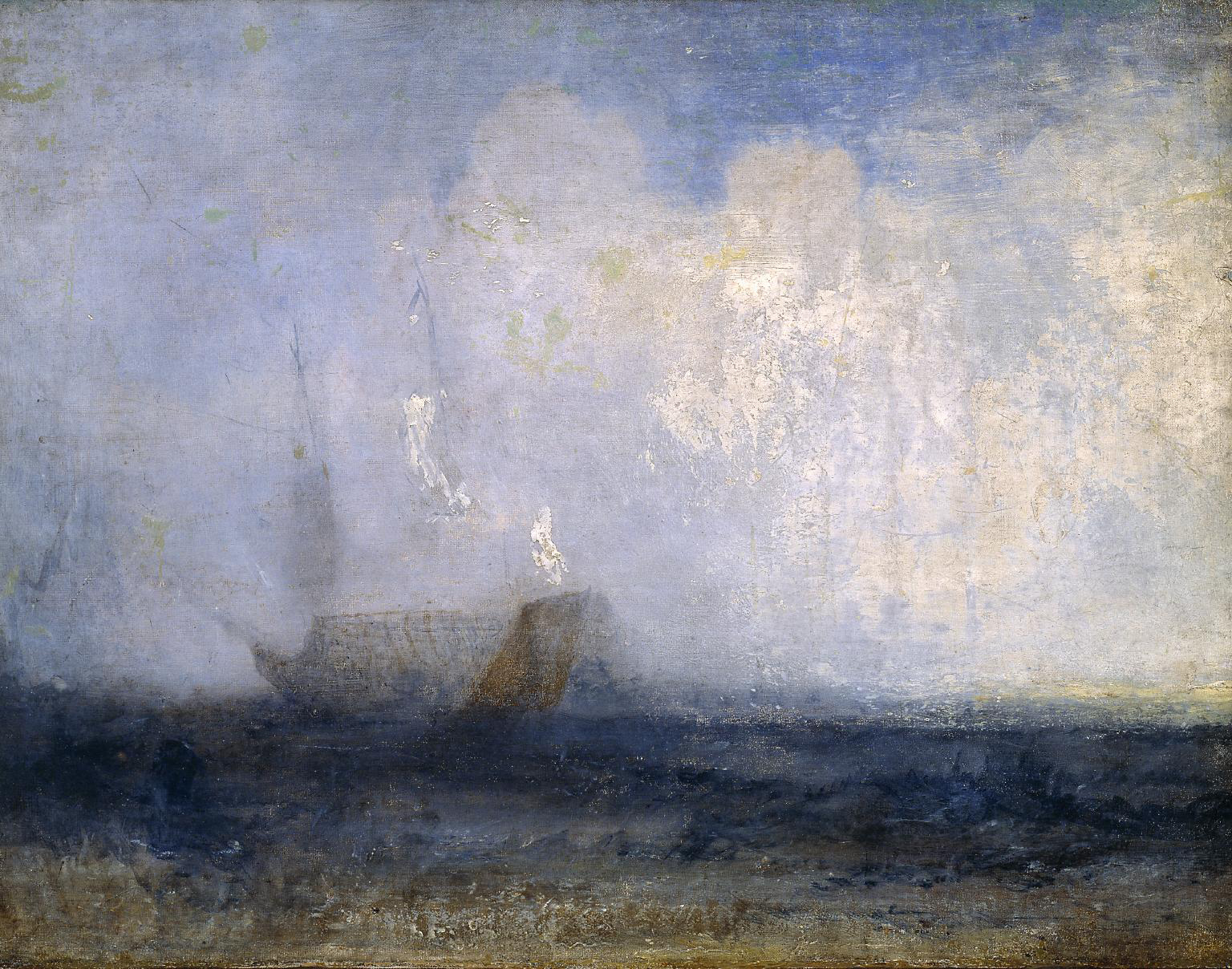Being asked to write about a seminal moment in my artistic life has caused temporary writer’s block. In one sense there are too many, but from another perspective, not one moment stands out or seems explosive enough for me to claim it completely changed my creative life either.

Over the last month, since this request from The Scottish Gallery arrived in my inbox, I’ve mulled it over, and slowly realised that, for me, it’s more of a jigsaw with infinite pieces. Each piece is special, but is also only a part of trying to reveal the whole—and there are already so many pieces. I once sat on Leonard McComb’s studio floor, sketching him whilst he painted Carol Weight’s portrait. Thinking back on that, being in the presence of those two immense artists, I’m amazed I managed to scribble anything that day. I remember as a student discovering the Folk Art section in my college library and spending the whole day poring over every page of every book. I first saw Venice on my 40th birthday and watched beguiled as the Church of San Giorgio Maggiore bleached through the mist of the lagoon in front of me.
And there was the time, aged 17, I visited Cornwall. Not for the first time, but it was the first time I was there on my own terms, seeing things that still inspire me today; discovering the harbours; watching the sea-light; scrambling down the cliffs to the beach; taking my own Walk Along the Shore.
So, for this Scottish Gallery blog, I’ve decided to nominate my latest jigsaw piece. It’s an oil painting I’ve only just discovered by JMW Turner entitled, Seascape with a Sailing Boat and a Ship, c.1825-30, which forms part of the Turner bequest at the Tate Gallery. It’s not large, it’s hidden away in the vaults, and is described as unfinished; but to me, everything about this picture is beautiful, mysterious and full of visual poetry. I’ve only ever seen it on a screen, but it still profoundly touches me. Turner’s unfinished paintings are viewed differently in the 21st century; considered uninteresting squalls of paint in his lifetime, they are anointed nowadays as precursors to modern painting.
Some say Rothko and Pollock couldn’t have existed without Turner, but if you are looking for connections then equally Nicholson’s glazed and scrapped canvases are there, as much as the chalky surfaces of Trecento frescoes.

In Turner’s seascape, the mist and light evoked is mesmerising; spectral even—and the double apparition of the ship and boat are delicately suggested, laced through with fragile imperfections. It is timeless, infinitely deep and untouchable. It’s also inspired me to revisit an idea within my own work from nearly 30 years ago, the ghost ship.
I painted numerous ghost ships not long after graduating (probably the result of looking at too many Alfred Wallis pictures and reading too much Lorca!), and now, after unearthing this Turner painting, that thought has been sparked once again.
Click here to view available works by Jonathan Christie and enjoy the short films below.



